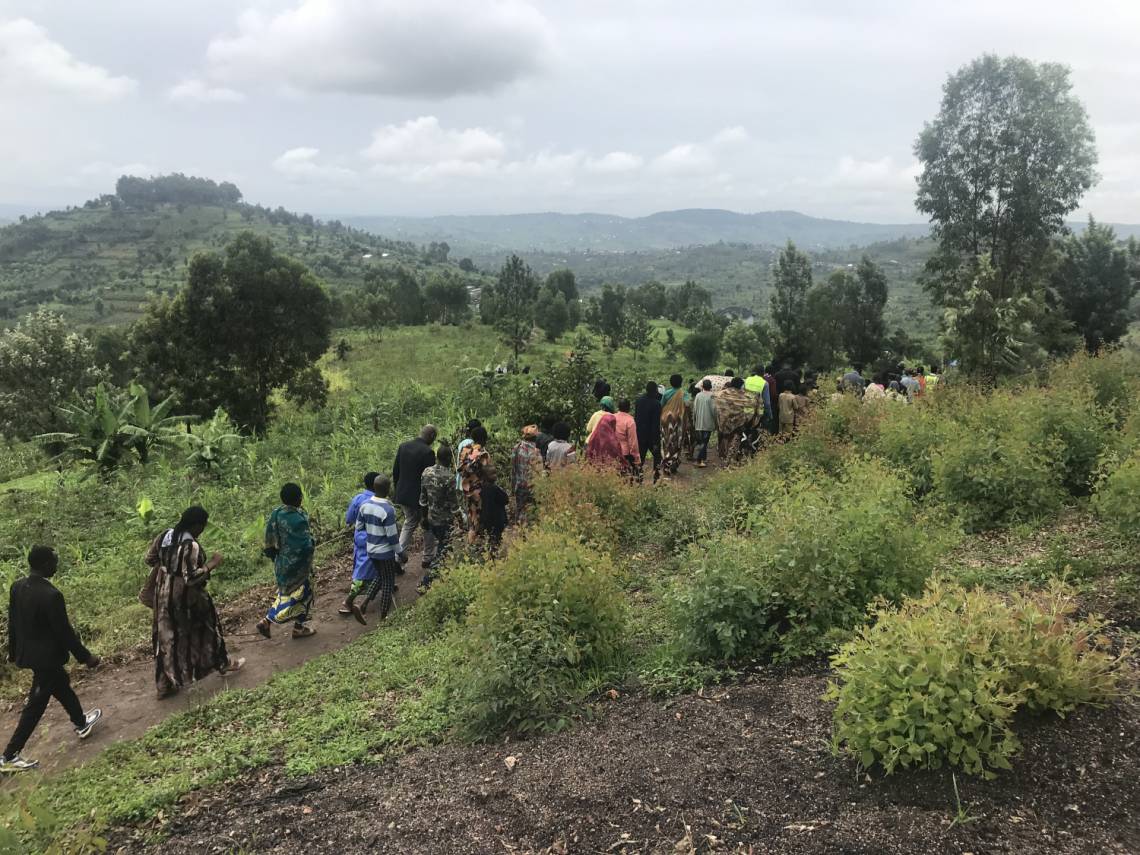The 30th commemoration of the Tutsi genocide in Rwanda ended on April 13. Thierry Cruvellier, editor of Justice Info, a Fondation Hirondelle website covering justice initiatives in countries facing the most serious violence, has long been following how justice deals with the genocide. He talks about the link between justice and reconciliation.
After mass violence, it is generally accepted that there can be no reconciliation without justice. To what extent has the judicial process that followed the genocide of the Tutsis in Rwanda contributed to reconciliation?
Thierry Cruvellier: First we need to distinguish between individual reconciliation and political reconciliation. Individual reconciliation -- that of a survivor with the murderers of his or her loved ones -- is an eminently personal decision that obeys its own logic. There is an incredible variety of situations. On the same hill, there are as many approaches to individual reconciliation as there are victims and perpetrators. We would need to go into each person’s history to measure what this reconciliation means, and justice cannot make that decision.
Then there’s political reconciliation, for which justice generally raises expectations. The International Criminal Tribunal for Rwanda (ICTR) was created in November 1994 by the UN Security Council, not only to try those most responsible for the genocide and serious human rights violations that took place in the country in 1994, but also in the hope that it would contribute to “the process of national reconciliation” and “the maintenance of peace”. But despite achieving a legal recognition of the genocide, the ICTR failed in this mission of national reconciliation. On the contrary, by accusing of genocide some of the few Hutu military leaders who had opposed the massacres of Tutsis, it made it very difficult to reconcile all those -- democratic Hutus, genocide survivors and those who won the war -- who had not been involved in this crime. The ICTR was unable to contribute to national reconciliation in Rwanda, because it failed to meet the expectations of democratic Hutus who had opposed the genocide.
But criminal justice that has dealt with the Rwandan genocide is not limited to the ICTR. There have also been genocide trials in other countries (such as Germany, Belgium, France) ruling under the principle of universal jurisdiction. These trials were not aimed at reconciliation, nor did they contribute to it. Then, of course, there was the work of the ordinary courts in Rwanda, which tried some 9,000 people between 1996 and 2002 for participation in the genocide. These courts, which had no reconciliation objective either, soon found themselves overwhelmed by the colossal cost of this litigation and the extreme overcrowding of the prisons. This is why, in 2002, the Rwandan political authorities decided to introduce a new type of justice, inspired by a customary system: the gacaca.
From the outset, gacaca’s aim was to bring about national reconciliation, by recognizing and punishing crimes. Up until 2012, more than a million people were tried on the hills. Those judged received criminal penalties, but prison sentences were often commuted to community service. In return for the accused acknowledging their responsibility, the government stated its objective of national reconciliation in the name of unity and pragmatic social appeasement. Through the gacaca, the Rwandan authorities have thus imposed an original relationship between retributive justice and political reconciliation. Although it has often been a daunting experience for the victims, this “vertical” reconciliation process has taken place. Today, Rwandans -- victims and former executioners -- live together in the hills. There is no significant communal violence, despite the huge rift caused by the genocide.
That said, the vast majority of Rwandans today were not alive during the genocide. Two-thirds of the Rwandan population is under the age of 30. National reconciliation and the future of Rwandan society depend above all on how these new generations bear the weight of the genocide, and how they manage to emancipate themselves from it.




